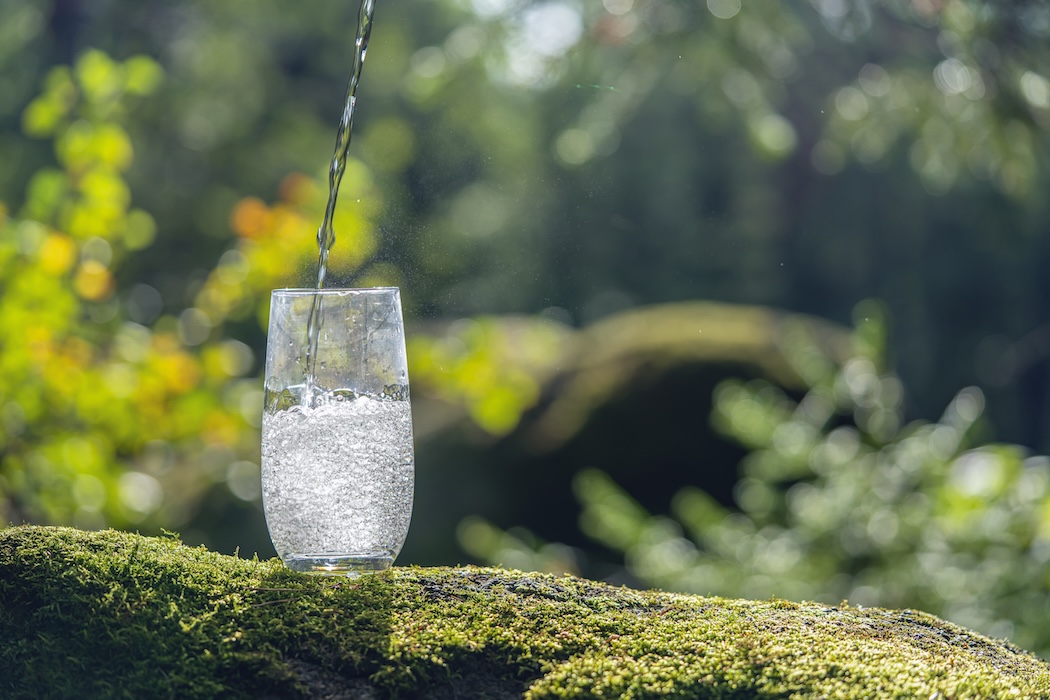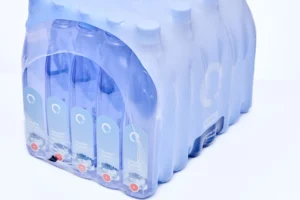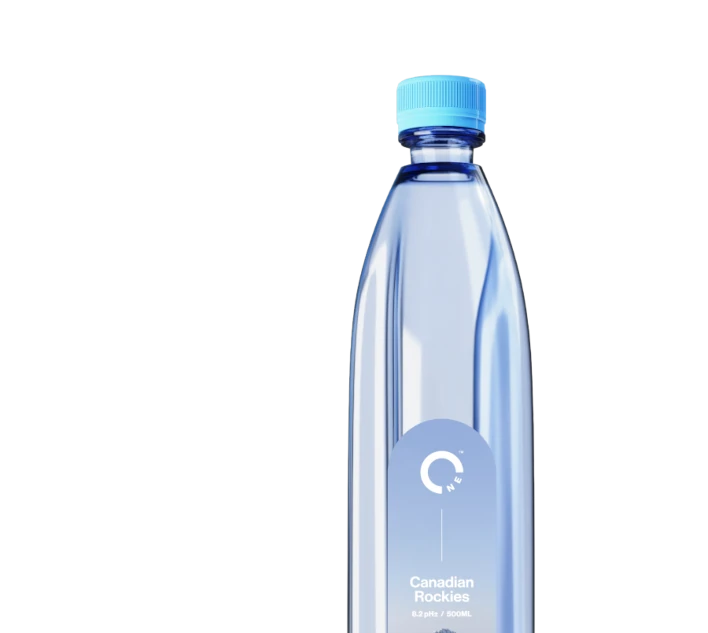Bottled water isn’t all the same. Two key qualities, pH and Total Dissolved Solids (TDS), significantly influence everything from the taste of your water to its impact on your body.
Understanding the qualities of your water, such as bottled water pH and TDS, can help you make more informed and satisfying choices in your drinking experience.
In this post, we’ll explore how these factors affect hydration and wellness and what you should look for when choosing premium bottled water.
What Is pH in Bottled Water?
pH helps define the character of your water. It informs you about the source of the water and how it may affect your body.
More than just a number, the pH of bottled water provides clues about the water’s natural origin, its potential health benefits, and how it may taste when you drink it.
Understanding pH: The Acidity-Alkalinity Scale
pH is rated on a scale of 0 to 14 to determine a substance’s acidity vs. alkalinity. A pH of 7 is considered neutral.
Drinking water typically falls within the 6.5 to 8.5 range, which is the standard recommended by the Environmental Protection Agency (EPA).
Naturally, alkaline water typically comes from spring sources rich in minerals. This gentle alkalinity can contribute to a clean, smooth taste and suggests minimal processing.
Why does this matter? A naturally alkaline pH:
- Supports a smooth, clean mouthfeel
- Reflects the mineral-rich environment of the source
- Indicates minimal processing and natural origin
Why pH Levels Matter for Experience
The way water feels and tastes is often shaped by its pH balance. Alkaline water tends to be softer, while more acidic water can carry a tang or metallic edge.
Here’s how pH impacts your sip:
- Taste: Balanced pH water tastes smoother and more refined
- Feel: Gently alkaline water is easier on the palate and throat
- Trust: Stable pH levels can signal proper bottling and source protection
What Is TDS and Why Does It Matter?
TDS, or Total Dissolved Solids, refers to the natural minerals present in water. These trace elements provide clues about the water’s source, its degree of filtration, and whether it has been heavily processed.
Understanding TDS helps you distinguish between purely functional water and water that offers a richer, more refined hydration experience.
A Closer Look at TDS
Extremely low TDS water can feel flat. Too high, and it may taste heavy or salty. The sweet spot lies in the middle, with water that offers gentle structure and smoothness.
TDS reflects the “terroir” of water — its unique environmental fingerprint shaped by the geology and soil of its source.
Just as wine or coffee carries the essence of the region where it’s grown, water embodies its origin through mineral composition. TDS helps convey that story in every sip.
TDS and Taste: Finding the Right Profile
Extremely low TDS water can feel flat. Too high, and it may taste heavy or salty. The sweet spot lies in the middle, with water that offers gentle structure and smoothness.
TDS levels can vary widely among popular bottled waters, influencing not only taste but also how satisfying and clean the water feels to drink.
For the best drinking experience, look for water with:
- A moderate TDS range (typically 100–300 mg/L)
- Natural mineral balance
- Transparency about content and sourcing
Does Bottled Water pH and TDS Impact Health?
Yes, but their influence is subtle and often misunderstood. Both pH and TDS levels provide insight into the water’s quality, its potential health benefits, and how well it supports proper hydration.
While water is not typically a significant source of minerals, trace elements like calcium and magnesium (found in waters with moderate TDS) can complement a balanced lifestyle.
Sorting Facts from Fads
The health and quality implications of pH and TDS are real, but often get muddled by marketing language and wellness buzzwords. Understanding these values provides you with practical tools to assess the quality and safety of your bottled water, not just its positioning on the shelf.
EPA Guidelines: According to the U.S. EPA, healthy drinking water should fall within a pH range of 6.5 to 8.5 and contain a TDS level below 500 mg/L.
Why They Matter: Staying within these ranges typically supports better taste, improved drinkability, and fewer red flags for over-processing or contamination.
What to Watch For:
- Water that tastes harsh, bitter, or metallic
- Unusual textures: slippery, gritty, or overly dry mouthfeel
- Vague or missing label information on source and mineral content
When bottled water strays too far from these norms, it may indicate aggressive treatment or poor sourcing. Choosing water with a naturally balanced pH and moderate TDS usually means you’re drinking something cleaner, safer, and more in line with nature.
How to Choose Better Bottled Water
Choosing bottled water isn’t just about the label. It’s about understanding what’s inside.
Look for brands that are transparent about their sourcing and testing, and that prioritize preserving water’s natural character over manipulating it for marketing claims.
Checklist for evaluating bottled water:
- Source clarity: Clearly listed spring or artesian source, preferably protected and minimally treated
- pH range: Between 6.5 and 8.5, indicating a balanced acidity or mild alkalinity
- TDS levels: Ideally between 100–300 mg/L for smoothness and light mineral presence
- Mineral content: Transparent reporting of calcium, magnesium, and other trace elements
- Packaging: Designed to maintain purity and reduce environmental impact
- Sustainability: Clear efforts to minimize carbon footprint and avoid plastic overuse
Final Thoughts: Choose a Bottled Water That Prioritizes Quality and Sustainability
pH and TDS are indicators of your water’s origin, composition, and quality. Understanding them empowers you to choose hydration that aligns with your taste, wellness goals, and environmental values.
Curious how premium water should taste? Discover the benefits of balanced pH and natural mineral content for your daily hydration.
Explore our curated selection of bottled waters that reflect the source from which they originate.




